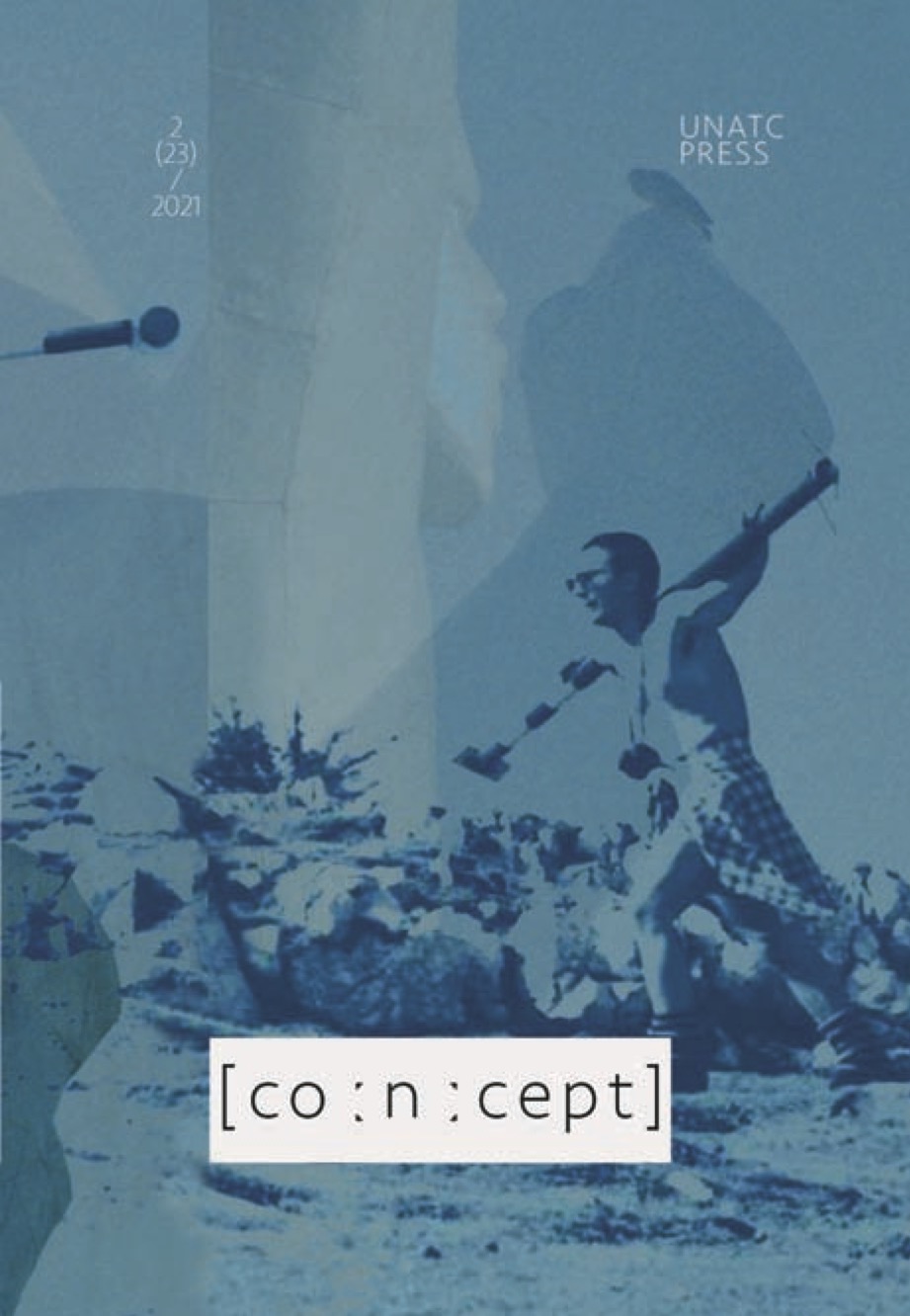The Cinematic Dimension in Gregory Crewdson’s Hover Series (1996-1997)
The Cinematic Dimension in Gregory Crewdson’s Hover Series (1996-1997)
Author(s): Luca MixichSubject(s): Fine Arts / Performing Arts, Photography, Film / Cinema / Cinematography
Published by: Universitatea de Teatru si Film »I.L. Caragiale« (UNATC)
Keywords: conceptual photography; contemporary art; Gregory Crewdson; narration; contemporary photography; staged photography;
Summary/Abstract: The following article tries to highlight the cinematic dimension in Gregory Crewdson’s photographical series. The author argues that Gregory Crewdson, on many occasions, acts as a film director, and not an ordinary one, but an ’auteur’ filmmaker (a comparison with Jean Luc-Godard or David Lynch would not be so far-fetched in this situation as many would think). Consequently the ‘Auteur Theory’, usually used in film studies and in the stylistic analysis of different filmmakers, in order to analyse in a nuanced manner how the personality, the personal ideas and life experiences of a particular film director are manifested in his films, will be used in this article as an instrument in order to more profoundly understand the vision and art of Gregory Crewdson. The author will also present a cultural and historical context in which the conceptual photography originated and thrived in, which served as basis for Crewdson’s art. Also, the focal point of the applied analysis will be on the Hover series (1996-1997) because, even though it was the second series created by the American artist (after Natural Wonder), it represents the foundation for all of his later photographic creations, in terms of “directing” a photographical image, of using the narrative ambiguity or in the use of serialism.
Journal: Concept
- Issue Year: 23/2021
- Issue No: 2
- Page Range: 141-152
- Page Count: 12
- Language: English

